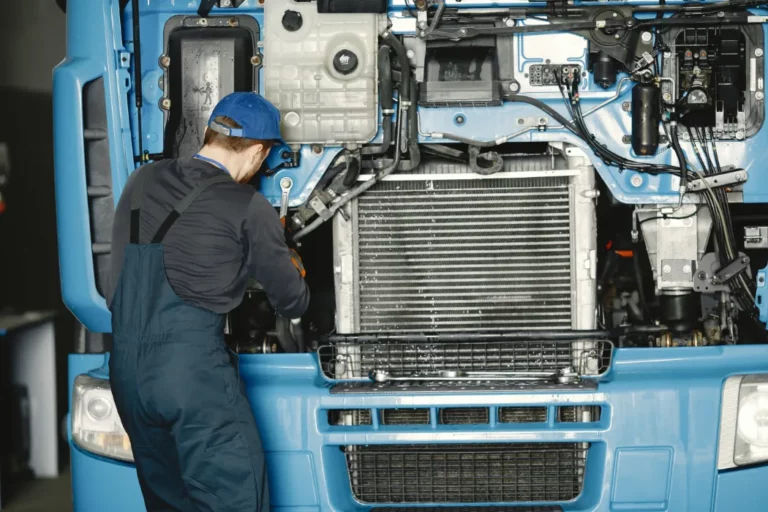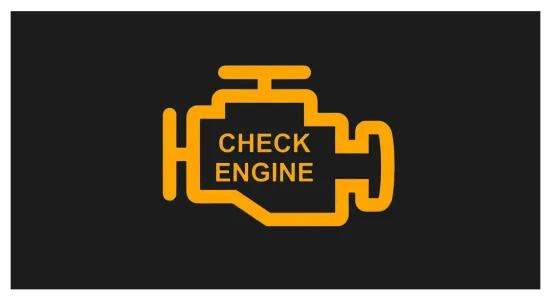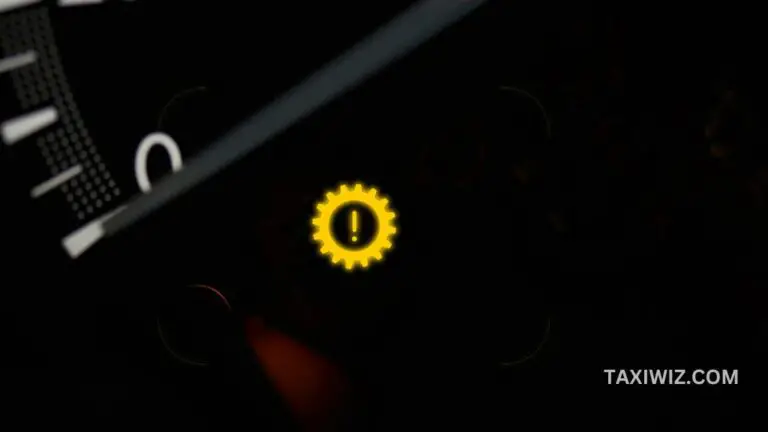Car Shakes When Pressing Gas Pedal – Why & How To Fix?
A car vibrating when pressing the gas pedal is not normal. It needs immediate attention. If you are annoyed with this problem and need help figuring out what to do, this article will help you to figure out the solution.
This article will discuss why the car shakes when pressing the gas pedal. We will also discuss what to do to fix the Vibration In Gas Pedal and the cost it will take to fix the problem. Check out below to find out more!
Why The Car Shakes When Pressing The Gas Pedal? 8 Reasons To Check
The causes could be any of these –
- Damaged motor mounts
- Bad inner cv joints
- Bad axle
- Disbalanced tires
- Jammed brake caliper
- Untighten lug nuts
- Bad spark plugs
- Worn-out vacuum hose.
How To Fix Car Vibration When Pressing Gas Pedal?
Previously, we have known a general outlook of the causes and solutions. This section will discuss the causes in an elaborate way. Also, step-by-step wise solutions are given here for each cause –
Damaged Motor Mounts –
When the motor mounts get bad, the vehicle will vibrate when you press the gas pedal. The motor mounts connect the car’s frame to the engine. Also, it helps to decrease the vibration.
The motor mounts have rubber wrapped around them which makes them absorb the vibrations. So you feel less vibration. But when it gets damaged, the car will vibrate when accelerating.
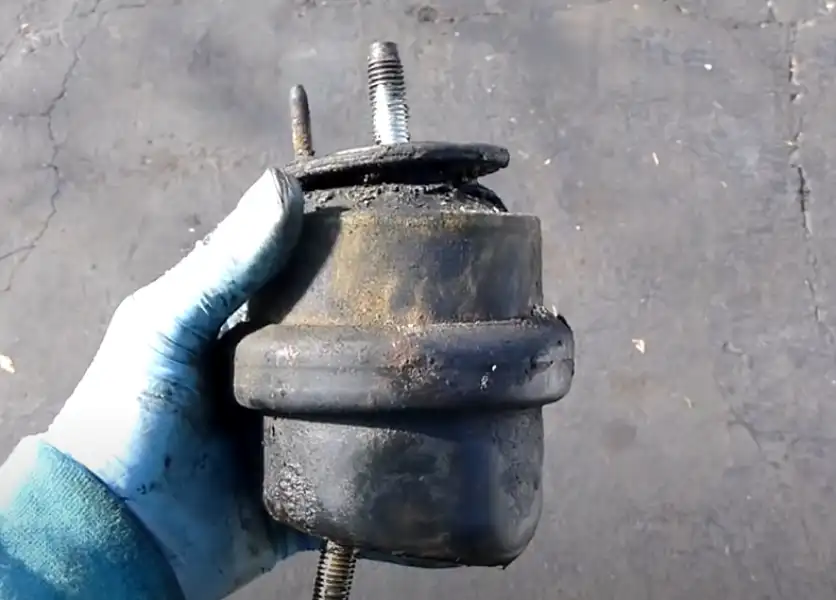
Solution
- Step 1: Secure the engine using a jack
- Step 2: Now you need to go under the vehicle and untighten the bolts
- Step 3: Now take off the motor mount
- Step 4: Install a new motor mount
- Step 5: Place the bolts that will connect the mount to the frame
- Step 6: Tight it correctly
- Step 7: You’re done
Bad Inner CV Joints-
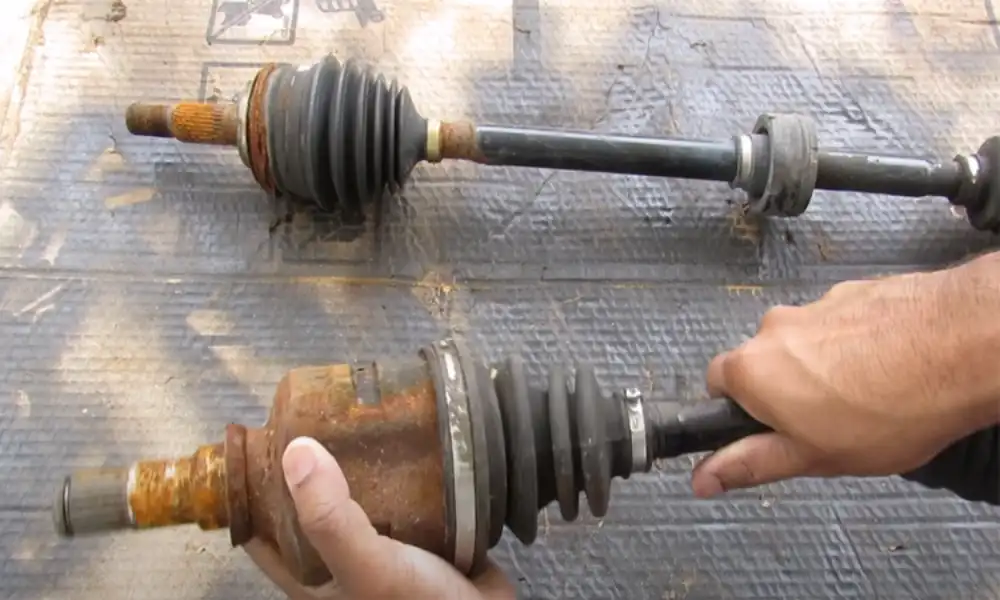
CV joints are part of your vehicle’s axle. Bad inner CV joints can cause car shaking problems. It happens when there is wear in the joint.
As a result, water or sludge can get inside the joint and mix with the lubricator. It leads to the failure of inner CV joints and makes vibration.
Solution
The failure of the CV joints cannot be repaired, it needs replacement. Check out below to know how to replace a bad inner CV joint –
- Step 1: Turn on the parking brake
- Step 2: Take off the center cap and nuts that are securing the driveshaft
- Step 3: Elevate the front wheels with a jack stand
- Step 4: Untighten the front wheel nuts and take off the front wheel.
- Step 5: Untighten the nut that is securing the ball joints
- Step 6: Take off the ball joint from the hub assembly with a lower suspension arm
- Step 7: Drag the hub assembly outside
- Step 8: Take off the CV joint from the hub
- Step 9: Take off the clamp and release the CV joint from the drive shaft
- Step 10: Now replace the bolts and nuts the way you took off
Bad Axle
If you encounter any accident, the axle can be bent. When the engine sends power to the axle, the bent axle will create a vibration in the car when you accelerate.
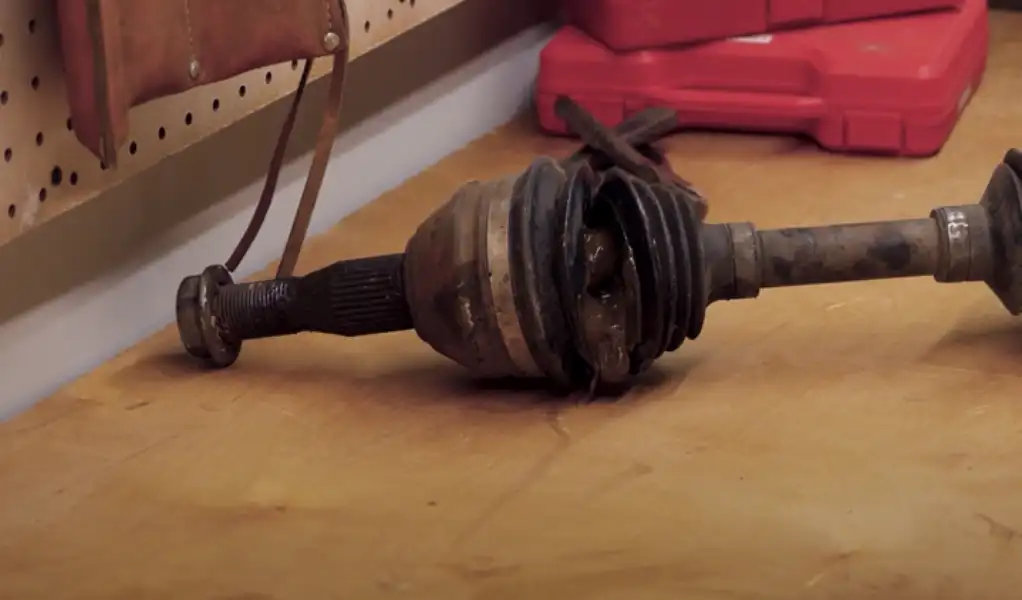
Solution
A bent axle will create problems when accelerating. You need to replace the axle if it has gone bad. Here is how you can fix it-
- Step 1: Disconnect the battery
- Step 2: Elevate the vehicle
- Step 3: Loosen the axle mounts from the wheel
- Step 4: Take off the axle from the wheel
- Step 5: Transfer the seals, and ABS rings to the new axle
- Step 6: Now mount the new axle
- Step 7: Tighten the bolts
Imbalanced Tires –
If there were any faults during the installation of the tires, the tires will create a vibration when you press the pedal. The tires must be correctly fitted to avoid this problem.
Solution
Imbalanced tires are dangerous. You need to balance the tires as soon as possible when you discover this problem. Balance the tire in the following way-
- Step 1: Clean the dust or debris from the wheel
- Step 2: Place the tire on the balancer
- Step 3: Drop in the wheel dimensions of A & D
- Step 4: Drop in the width
- Step 5: Rotate the wheel. Before doing that, lower the hood
- Step 6: Notice the dimension
- Step 7: When the inboard center bar clink, add the right weight
- Step 8: Tap on next and notice the outboard center bar clink
- Step 9: Add the weight
- Step 10: Rotate the wheel
Jammed Brake Caliper
The brake caliper can get jammed if there is sludge, dust, or debris in the brake line. When this problem occurs, you will feel vibration during accelerating.
Solution
A jammed brake caliper could be the leading issue to create the vibration problem. It needs a quick fix. Learn how to fix the vibration problem by replacing the brake caliper –
- Step 1: Elevate the car
- Step 2: Take off the tire using a lug wrench
- Step 3: Take off the mounting bolts that secure the caliper
- Step 4: Now remove the caliper from the rotor
- Step 5: Mount the new caliper and tighten the nuts
- Step 6: Now replace the tire back in place
Loose Lug Nuts-
When the lug nuts on the hub are not correctly installed, the wheel wobbles and makes your car vibrate.
Solution
A wobbling tire is way more dangerous than you think. It needs to be fixed at the earliest. Check out here to tighten the lug nuts of the wheels –
- Step 1: Put the car on the parking brake
- Step 2: Take a torque wrench and tighten the wheel bolts
- Step 3: Rotate the wrench counterclockwise
- Step 4: Finally, you’re done
Bad Spark Plugs-
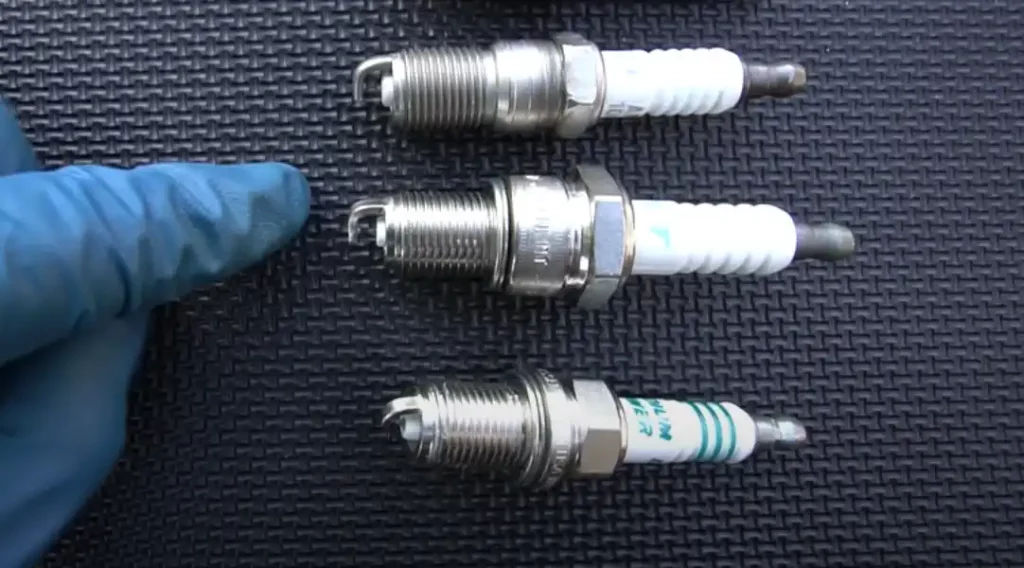
When the spark plugs get dirty or clogged up, the engine will be badly hampered. It may feel like your car is vibrating.
Solution
If you discover the bad spark plug is the cause of the vibration, you need to replace the spark plug with the new one. Here is how you can do it –
- Step 1: Disconnect the battery
- Step 2: Remove the wires and connectors
- Step 3: Now take a socket wrench and remove the spark plug with it
- Step 4: Nount new spark plug
- Step 5: Replace the wires and connectors
Worn Out Vacuum Hose-
When the vacuum hoses get worn out, it will leak air. Additionally, disconnected air hoses will also create issues. It makes the car vibrate when you accelerate.
Solution
If the vacuum hose is worn out, replacing the hose is the only solution to fix the problem. Check out how to replace the hose below-
- Step 1: Raise the hood of the vehicle
- Step 2: Find the vacuum hose
- Step 3: Now take off the clamps that are securing the hose
- Step 4: Now remove the vacuum hose
- Step 5: Install a new silicon hose
- Step 6: You can apply oil before installing the hose
- Step 7: Now install clamps and tighten it
Here is a youtube video you can check out that describes some additional reasons for car shaking when pressing a gas pedal –
What Is The Cost To Fix Gas Pedal Vibration Issue?
Here are the average cost to replace or repair each component –
| Components | Cost |
| Motor mounts | $200-$600 |
| CV joints | $500-$1000 |
| Bad axle | $600-$1000 |
| Imbalanced tires | $15-$20 |
| Jammed brake caliper | $800 |
| Loose lug nuts | $107 |
| Bad spark plugs | $60-$150 |
| Worn out vacuum hose | $100-$1000 |
Frequently Asked Questions (FAQs)
The frequently asked questions regarding car vibration when accelerating are given below. Check out the answers –
Can a Bad Spark Plug Cause Vibration?
Yes. A bad spark plug can cause vibration. In fact, it is the most common reason for a car to vibrate.
Can Lubricating Brake Caliper Fix The Problem?
Sometimes lubricating will solve the problem. But sometimes, you may need to replace the whole brake caliper.
Can I Drive A Car When It Is Vibrating?
You should not drive a car if the car is shaking when you press the pedal. It will hamper the components. And you will more likely have an accident if the cause is wobbling wheels.
Conclusion – gas pedal vibration when accelerating
If your car vibrates when pressing the gas pedal, you have to fix the problem. The causes include damaged motor mounts, bad inner cv joints, bad axle, imbalanced tires, jammed brake caliper, untightened lug nuts, bad spark plugs, and worn-out vacuum hose.
The solutions could take you to – replace the motor mounts, change the inner cv joint, change the axle, balance the tire, clean or replace the brake caliper, tighten the lug nuts, change the spark plugs, or replace the vacuum hose.
Your car may show up with problems from time to time. But you should take proper maintenance of your vehicle to avoid the problem.
Related Posts:
- Headlights Flashing When Car Is Off: Causes And Solutions
- Car Heater Blowing Warm Air Not Hot: Causes and Solutions
- Can Abs Cause Brake Pedal To Go To The Floor? Causes, Symptoms And Solutions
- What To Do When Check Engine, VSC, And Trac Off Warning Light Comes On?
- Why Does My Mpg Keep Going Up And Down? Explained!


